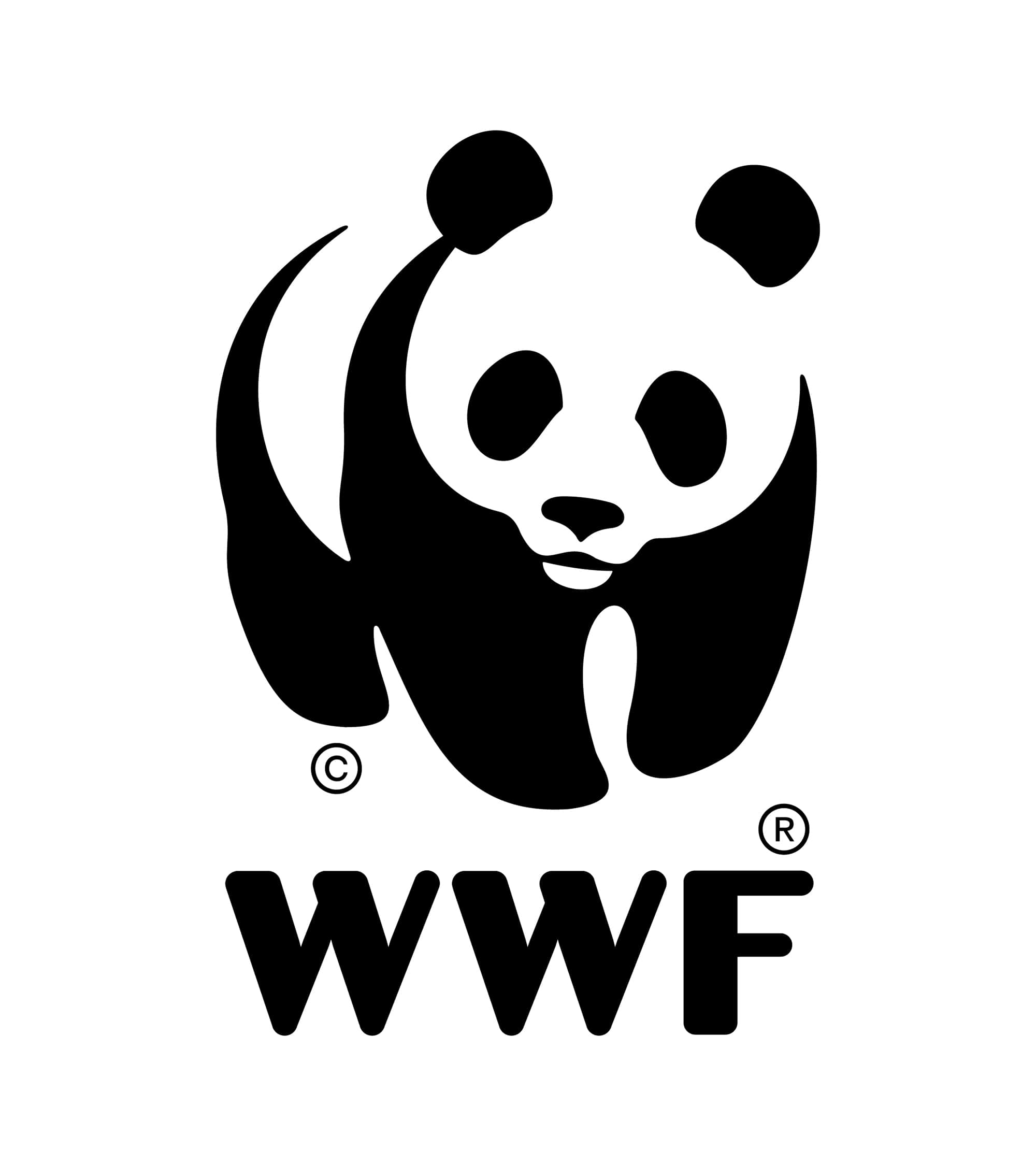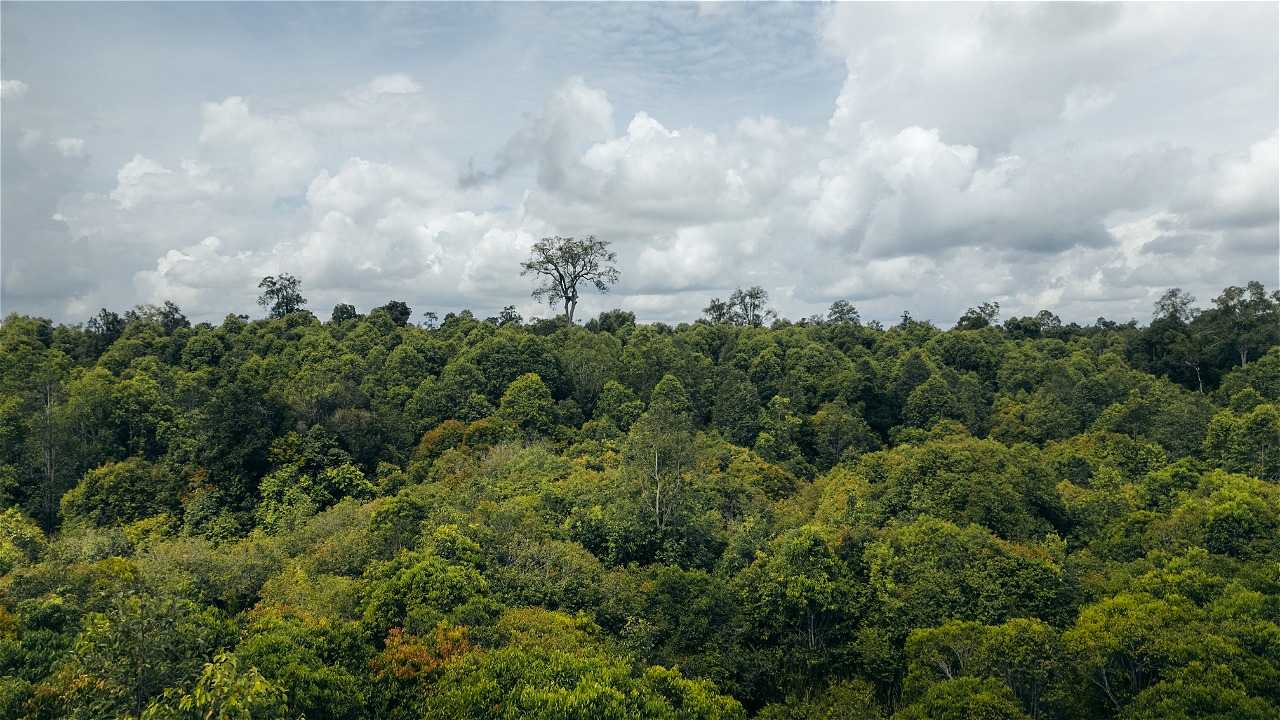CELEBRATING 20 YEARS OF RESPONSIBLE FORESTRY AND TRADE
How do you buy something that does not exist?This was the fundamental question facing the companies that came together, with WWF, in 1991 to start what would become the Global Forest & Trade Network. Confronted with widespread media reports of run-away deforestation – and with mounting public scrutiny of their role in driving such forest loss – they decided to become part of the solution. These UK retailers publicly committed to purchasing wood and wood products sourced only from “well managed forests” – and yet there existed no credible means of determining what that meant.
To make such a commitment was rather like “build it and they will come” – a leap of faith. But we ploughed ahead, seeking answers: where did our wood come from? Was it responsibly harvested? I say “we” because I was part of the original group, although as a Sainsbury’s employee, on the corporate side of the table. At that time, it was slightly radical for corporations to even sit down with environmental NGOs to discuss business practices. But revolution was in the air. We wanted wood to be valued in an entirely different way; for illegal products to be revealed to carry hidden costs that hurt forests, wildlife, people and ultimately business. And so our group adopted a decidedly revolutionary concept that would guide our collaboration: to harness the power of the market – simple demand and supply – to stem deforestation, halt illegal logging and advance systemic change throughout the forest products industry.
With the founding two years later of the Forest Stewardship Council (FSC), thanks in great part to GFTN participants’ demand, we finally had the missing link in our model: the world’s first credible forest certification system. FSC would help differentiate good from bad in the industry, and could pass along that promise to businesses and consumers. It was the game-changer.
By 2002, GFTN participants had built up enormous market demand for certified products, but FSC supply wasn’t there to match it. And in the forests that WWF cared most about – especially in the Congo Basin, the Amazon and the Heart of Borneo – we weren’t achieving certification. It was going to be tough to make certification work in these places, plagued as they were by corruption and poverty and lacking rule of law. Clear land title, good governance, financial and technical capacity, incentives for reward – these are necessary to certify a forestry operation.
And so the GFTN refashioned itself into the GFTN of today: one focused on buyers and producers, one that would help forest managers and primary processors anywhere earn FSC certification through GFTN’s Stepwise Approach. With support from USAID and other far-sighted donors, we set out to work with producers from Cameroon to Indonesia to Russia to give them a workable model and the technical assistance to implement it. We also relied on our GFTN buyers’ ability to reach down through their supply chains to support their suppliers’ efforts toward certification.
As a result, we now have more than 100 producers in the GFTN, and together they manage 21.7 million hectares of FSC-certified forest, with more than 5 million hectares in the pipeline toward certification. We have demonstrated that the complete supply chain approach is fundamental in driving and delivering certification and responsible forest management.
We weren’t naïve when we started this effort. We knew there would be critics. Many believed it would be impossible to certify the troubled forests of the Russian Far East and the tropics, and they criticized us for even trying. Others attacked us for working with industry and for reaching out to uncertified companies to bring them into the fold.

